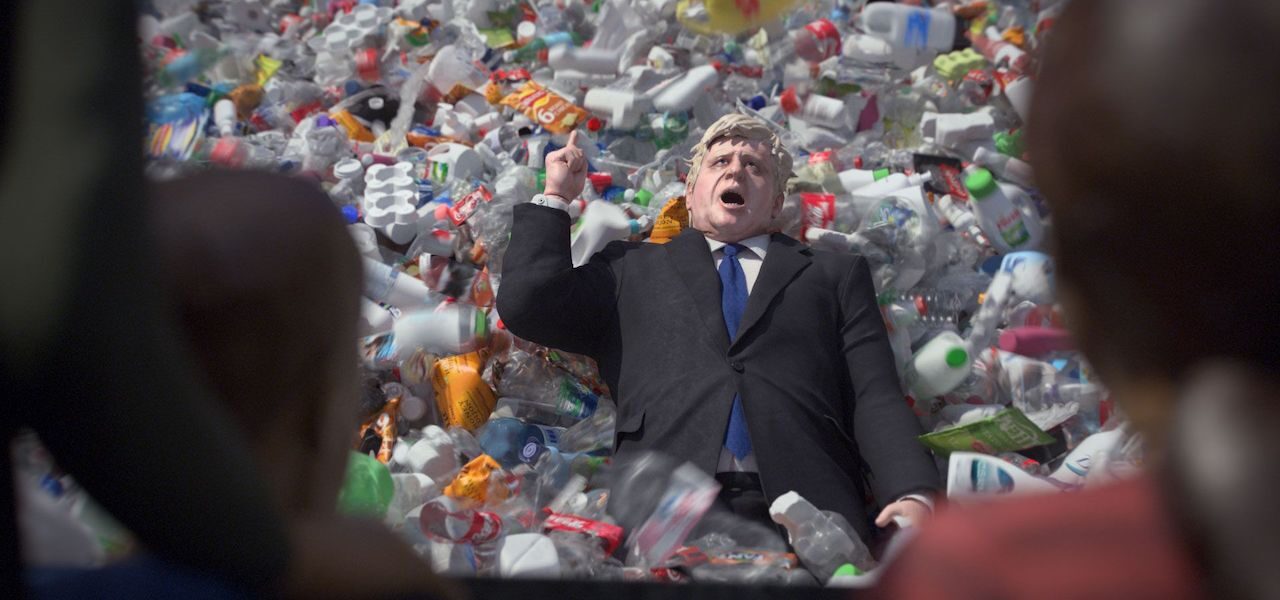
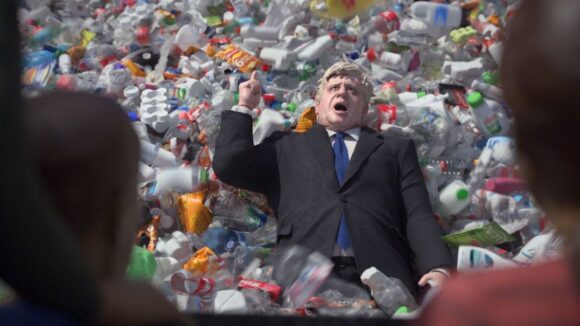
How CG Studio Method & Madness Buried Boris Johnson In Digital Trash
“There is no greater duty for any nation than protecting our people and our planet,” blathers U.K. prime minister Boris Johnson (voiced by an actor) to press members gathered with camera shutters clicking outside 10 Downing Street. Then — bonk! — an empty plastic water bottle bounces off the orator’s tow-headed noggin.
Suddenly, more polyethylene containers rain down until a tidal wave of trash fills the street, overwhelms cabinet minister Michael Gove, and carries the prime minister to Downing Street’s security gates where passersby are gathered in dismay. Grim documentary footage then hammers home the staggering tonnage of plastic waste that the U.K. exports.
The two-minute video, Wasteminster: A Downing Street Disaster, was written and directed by Sil van der Woerd and Jorik Dozy for Studio Birthplace and Park Village, and released by Greenpeace. The majority of the imagery — including Downing Street, the mannequin-like characters, and the monstrous garbage tsunami — was created at Method & Madness in Singapore.
The video’s plastic-looking people owed their inspiration to an unlikely source: the last Indiana Jones film. Method & Madness also referenced it in an as-yet-unreleased project from the studio, in which debris bombards Doom Town, a 1950s-style nuclear test site in the Nevada desert that features in Indiana Jones.
“We heavily referenced Indiana Jones IV [in both the unreleased project and Wasteminster],” said Method & Madness’s cg director Alex Scollay. “The idea was that the dummies had been through a few tests and they resembled beaten-up shop mannequins. That also made them easier to animate, because if we’d rigged them to be poseable, it would have been a much more complicated endeavor.”
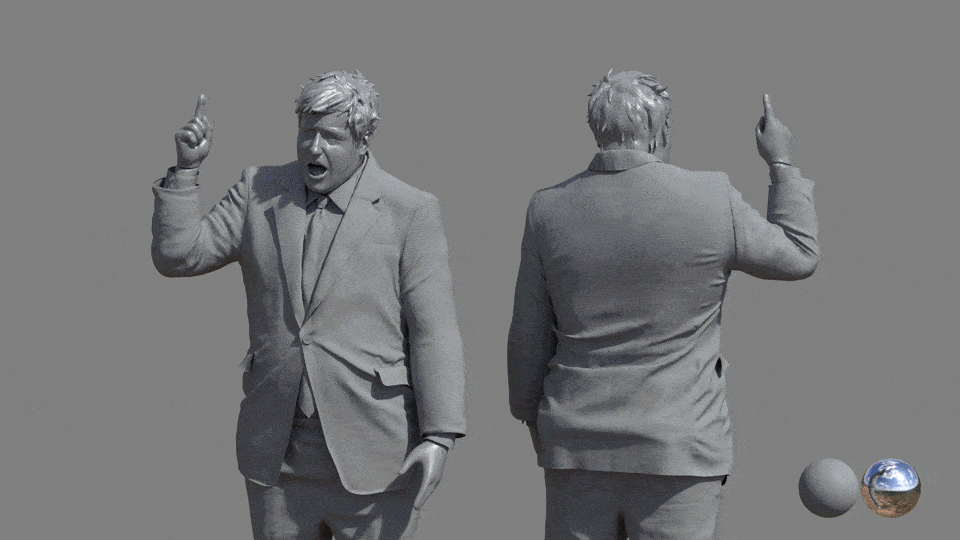
The project built on relationships with directors van der Woerd and Dozy: Scollay had previously worked with Dozy in the digital matte painting team at Industrial Light & Magic. “The directors gave us a lot of trust,” noted Method & Madness’s executive producer Wen Hao Tan. “The concept developed from Alex [Scollay] playing with technology, which the directors realized could be visualized for the Greenpeace campaign. Studio Birthplace is very interested in the sustainability angle.”
The mannequin concept inspired a modular approach to the creation of 150 characters using a mix and match of body parts. Figures were based on three body shapes, one female and one male head, clothed and textured to represent a diverse mix. Multicultural inclusion extended to a pair of pigeons and a brown-and-white tabby representing long-time Number 10 resident Larry the Cat. Scollay’s tabby, Yoshi, provided Larry’s sad “meow.”
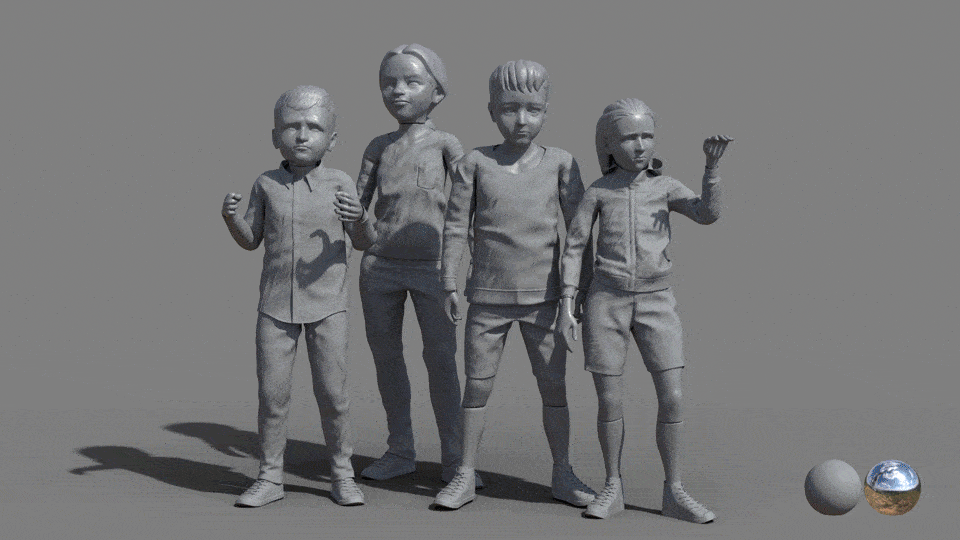
Method & Madness built environments from satellite data. The production used Google Maps to guide proportions and layout, and an online tour of Downing Street for virtual location scouting. Digital artist Pilipino Reyes then used a commercial asset of the location and photo reference to model one interior, with Abdul Rahman handling the texturing and shading of exteriors, working in Adobe Substance and Maxon Redshift.
The 3d environment extended to background trees and St James’s Park featured in a climactic crane shot. Dozy drew on his matte painting experience to add 2d elements to the London horizon.
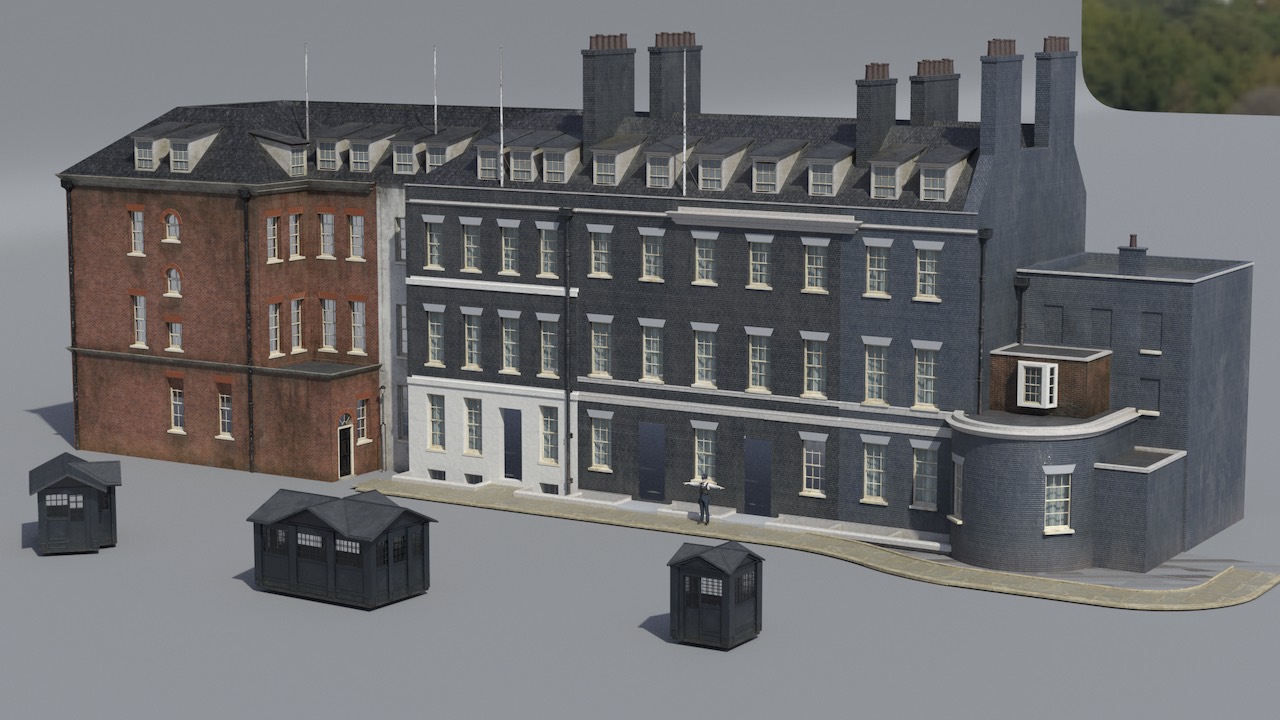
To fill the street with trash, Method & Madness referenced statistical breakdowns. “Greenpeace gave us a spreadsheet of incredible granularity for the trash,” says Scollay. “There were beauty products, toothbrushes, shampoo bottles, plastic wrap, plastic films — 67.7 million items. When I first tried to simulate 67.7 million assets, my computer died.”
To create a manageable pile, Method & Madness incorporated assets into dynamic simulations in Tyflow — a particle animation system developed by Canadian visual effects artist Tyson Ibele — which Scollay choreographed in spherical clusters.
“We simulated a trash-ball of 1,000 items,” he explains. “We then dropped those trash-balls onto Downing Street to approximate the volume. In reality, plastic would compress at that scale, so it was an approximation. But we calculated the volume and worked back from that. Tyflow was amazing. It was like having SideFX Houdini inside of 3ds Max, only it was super-simple to use.”
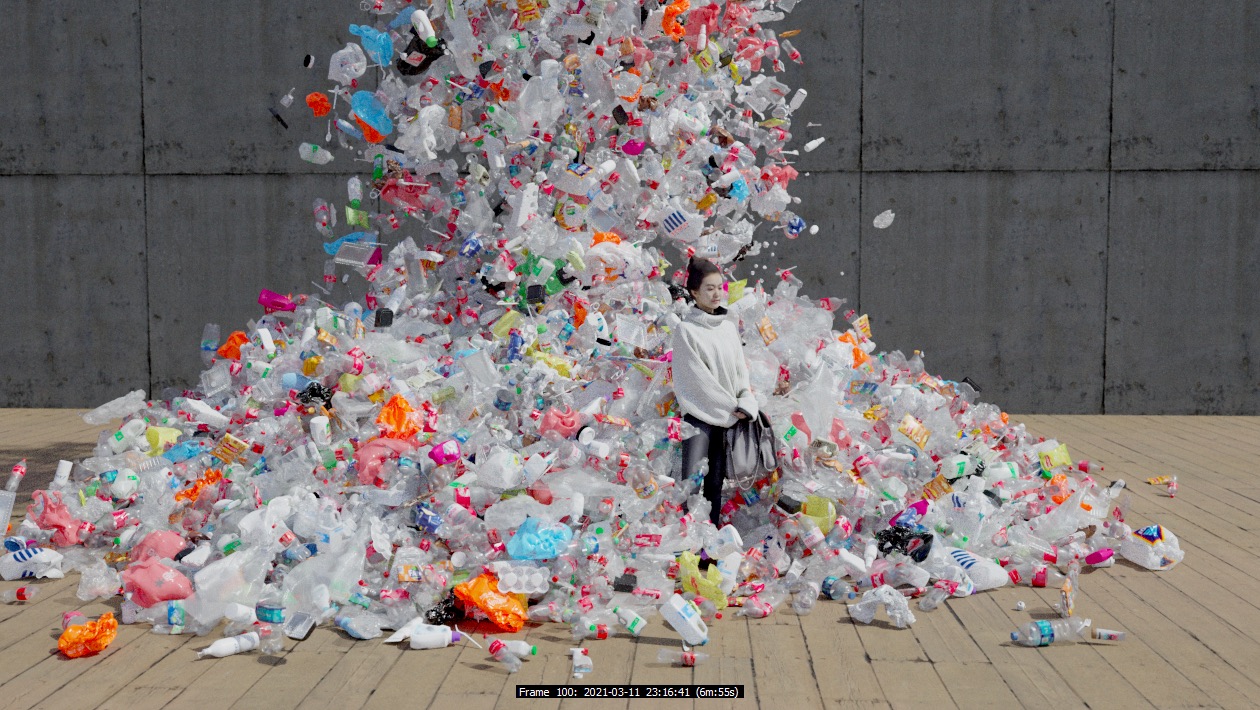
Directing the tumbling morass required a layered approach. “Greenpeace had specific requirements as to what we could and couldn’t do with Boris and Gove,” notes Scollay. “We initially had the windows at Number 10 implode and blow Gove away. That was too violent, so we ran a sim to see what the sim would do. We then ran another pass and I hand-animated Gove so he was at the right position.”
To plant Johnson in the trash, like a figurehead buoyed on the tide, Scollay keyframe-animated the prime minister’s trajectory and dressed cascades around his geometry. “I hand-animated Boris, with a bit of a noise control so he had some natural motion. I then re-simmed the sim, so it flowed around Boris. I developed three or four different sim rigs using a fake pile of geometry to bulk it out. It was very controllable and we could respond to specific performance notes.”
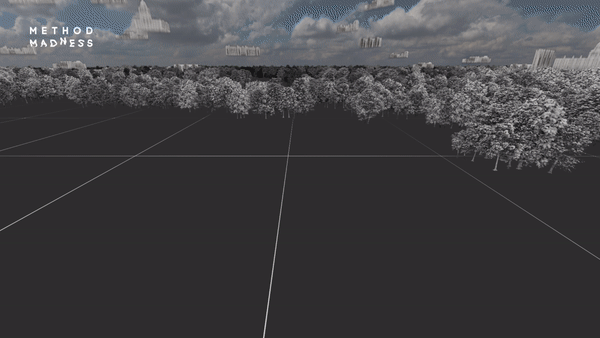
Adding to the frenetic energy, Method & Madness placed a virtual camera rig in its directors’ hands and captured compositions with visceral real-time physicality. The rig used an Oculus Rift headset, modified to fit a shoulder-mounted camera rig and other grip equipment, using the Marui Vcat plugin for Autodesk Maya developed by Max Krichenbauer in Osaka, Japan.
“Our director ran around Number 10 in virtual reality,” Scollay explains. “He could see the sim, Gove, and the room in vr while he was in our office, ducking behind cg pieces of furniture, reacting as trash came by. That also gave us depth of field, focus pulls, and motion blur in 3d with physically based values in Redshift at render time. It was as close to physically correct as possible.”
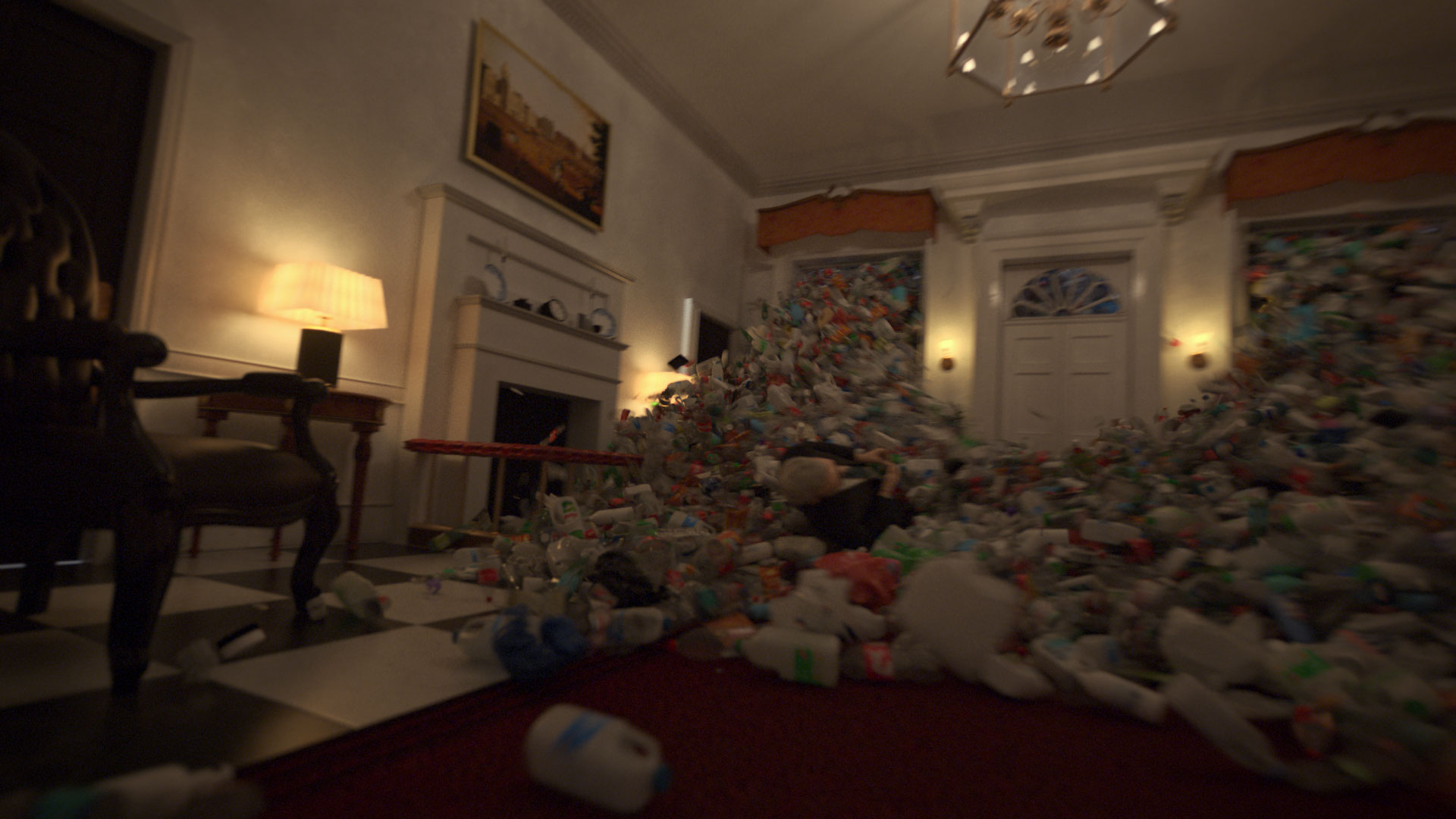
The Substance/Redshift pipeline allowed art-direction nuances that embraced a clean and sunny look despite the horrific subject matter. “Our early testing dialed in the look,” says Scollay. “Once we were in production, the only things we changed were certain supermarket brands. We started with Sainsbury’s bags visible. Greenpeace told us, actually, Sainsbury’s is doing the right thing with their plastics, so they asked us to take them out. We changed source textures in Substance and exchanged the branding without re-simming. There’s a lot of Tesco in there now.”
The production was completed in four and a half months. “I’ve worked with Jorik since 2014, so we have a shorthand,” says Scollay. “The notes were very clear. It always helps when your directors understand cgi.”
Watch Method & Madness’s making-of video for “Wasteminster” below:
